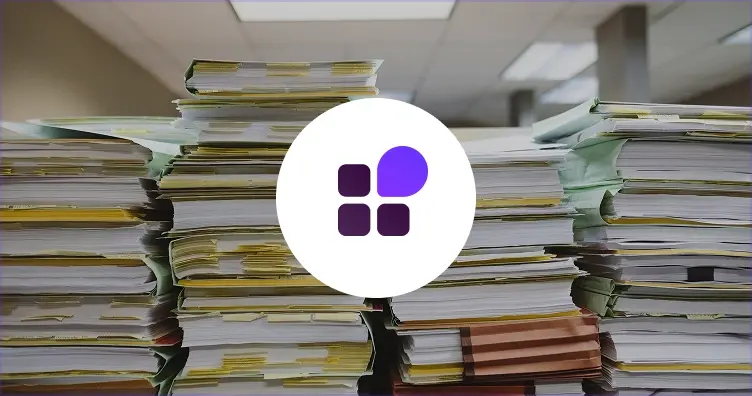50% of businesses faced a cyber-attack in 2024.
Cyber threats aren’t a matter of “if” but “when”. These threats are becoming increasingly sophisticated, and your organisation’s security posture must evolve to keep up.
Cyber resilience is the strategic approach that enables organisations not just to withstand attacks, but to bounce back with minimal disruption. This way, they maintain their operations, reputation, and customer trust. Below, we’ll unpack what effective cyber resilience involves, why it matters, and the foundational services every security leader should integrate into their security roadmap.
The definition of cyber resilience
At its core, cyber resilience is the capability to prepare for, respond to, and recover from cyber threats, while keeping mission-critical systems online and data intact. It moves beyond traditional security (which focuses on prevention) and disaster recovery (which restores systems post-incident) to embrace a holistic, continuous-improvement mindset.
Why cyber resilience matters
Escalating threat landscape
Attackers are faster and more sophisticated. Preventive controls alone can’t stop every breach; resilience ensures you can absorb shocks and continue to serve your stakeholders.
Blind spots in your backup
Shockingly, only 15% of organisations perform daily tests of their backups – and only 25% test weekly. This leaves large amounts of data unvalidated and potentially compromised.
Hidden threats in backups
More than 80% of organisations discover malware or signs of tampering in their backup sets after starting to use recovery assurance platforms. Without immutable, air-gapped backups, you risk restoring infected data.
The pillars of a cyber-resilient architecture
Immutable and air-gapped backups
Ensure backup data cannot be altered or deleted by attackers. Air-gapping (physically or logically isolating copies) keeps a clean set safe from network-borne threats.
Hybrid and multi-cloud resiliency
Distribute workloads and backups across cloud providers and on-premise environments to avoid single points of failure and to meet evolving compliance needs.
AI-driven resiliency
• Predict vulnerabilities: Machine learning spots anomalous behavior before it escalates.
• Simulate attacks: Automated war-gaming exposes weak links in your defenses.
• Optimise controls: AI continuously tunes firewalls, access policies, and patching cadences.
Recovery assurance and testing
Regular, automated disaster recovery drills validate that your backups are both recoverable and free of corruption or malware. Recovery assurance isn’t just IT’s responsibility; it’s a board-level priority.
Cyber recovery vs. disaster recovery
While disaster recovery addresses outages (e.g., data center fires, natural disasters), cyber recovery focuses on malicious compromise. Your playbooks must cover both with clear roles, runbooks, and metrics.
Cyber resilience isn’t siloed in IT. It must mesh seamlessly with your Business Continuity management program with shared risk assessments and integrated communications.
Cyber resilience is more than a buzzword; it’s a competitive differentiator. By combining immutable backups, hybrid and multi-cloud strategies, AI-driven defences, and rigorous recovery testing, organisations can ensure swift recoveries from breaches and cyber-attacks. Security leaders, from CISOs to SOC managers, must champion this shift, ensuring that their tech stack, people, and processes are aligned on ensuring uninterrupted business operations, no matter the threat.
Don’t leave your backups to chance. Get your AI‑powered Recovery Risk Report now and pinpoint your vulnerabilities.

 Cyber Recovery
Cyber Recovery



